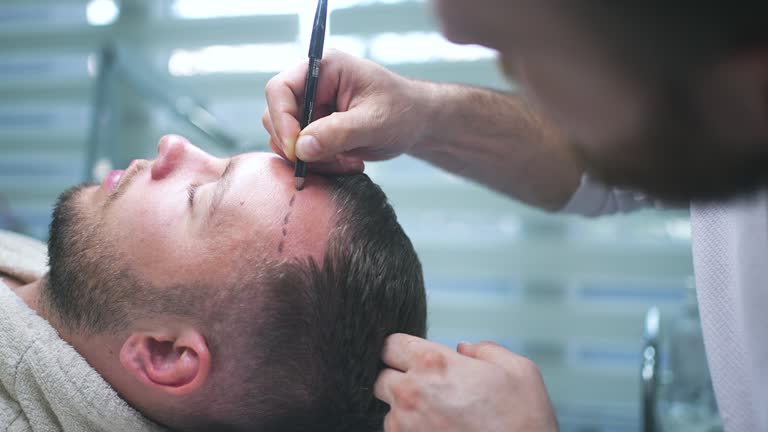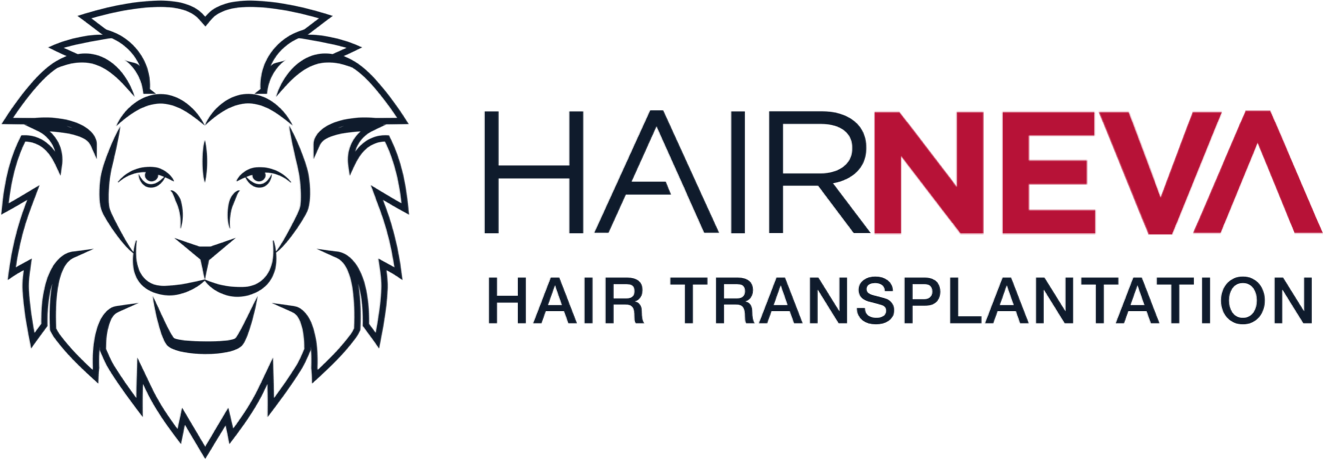Hair styling after hair transplant is a topic many patients are unsure about, especially in the first six months following surgery. While most post-operative instructions focus on washing techniques or sleep positions, styling practices like using a blow dryer, applying wax or hair spray, or even combing can significantly impact your healing and final results.
This comprehensive guide outlines what’s safe and what should be avoided in each stage of your recovery, helping you protect your new grafts while gradually returning to your normal hair routine.

Week 1–2: Maximum Caution
The first two weeks are critical. During this time, the grafts are settling, the scalp is healing, and any physical or chemical interference can disrupt the process.
What you can do:
- Gently wash your hair using baby shampoo as instructed by your clinic.
- Let your hair air-dry. Avoid using towels to rub or dry the scalp.
- Keep your hands away from the recipient area as much as possible.
What to avoid:
- Brushing or combing, especially near the transplanted area.
- All styling products including wax, gel, mousse, or dry shampoo.
- Any kind of blow-drying, even on the cool setting.
- Pulling or adjusting hair in the grafted area.
Week 3–4: Gradual Reintroduction
By the third week, scabs begin to fall off, and the scalp may look more normal. However, the internal healing process is still ongoing, and the new follicles remain delicate.
What you can do:
- Gently comb or brush the donor area.
- Use a wide-tooth comb with extreme care on the recipient area.
- Begin blow-drying with cold or low heat from a distance.
What to avoid:
- Applying wax, gel, spray, or styling creams.
- Exposing the scalp to flat irons, curling tools, or straighteners.
- Tight hairstyles that pull on the scalp.
- Any chemical treatments like dyeing or bleaching.
Month 2–3: Shedding Phase and Mild Styling
At this point, it’s common to experience shock loss, where newly transplanted hairs shed before regrowth begins. The scalp remains sensitive, but mild styling can slowly be introduced.
What you can do:
- Apply a small amount of dry shampoo (only when necessary).
- Comb more confidently, but still avoid pulling on the recipient area.
What to avoid:
- Sticky or difficult-to-remove styling products.
- Hard brushing or aggressive towel drying.
Month 4–5: Expanded Styling Options
New hair begins to grow, and styling options start to return—though still with some limitations.
What you can do:
- Use blow dryers on low to medium heat.
- Apply small amounts of lightweight styling products to non-transplanted areas.
- Use light, non-alcohol-based serums or conditioners.
What to avoid:
- Hair dye, bleach, or strong coloring agents.
- Tight braids, buns, or pulled-back styles.
- Daily application of thick or strong-hold products.
Month 6 and Beyond: Back to Styling with Confidence
By six months, most grafts have stabilized, and your hair has started to thicken and grow in. This is when hair styling becomes much more flexible.
What you can do:
- Use styling products such as mousse, spray, wax, or gel—moderately.
- Begin using flat irons or curling tools (always with heat protection).
- Return to looser hairstyles, including ponytails or light braids.
- Consider hair coloring, but consult with your surgeon beforehand.
What to approach with caution:
- Bleach and other aggressive chemical treatments.
- Daily use of heat styling without proper protection.
- Over-styling or applying products directly to the scalp.
General Tips for Styling After Hair Transplant
- Always use a heat protectant spray when using heat tools.
- Avoid styling wet hair, as it is more fragile.
- Start brushing from the ends upward to reduce breakage.
- Limit the use of alcohol-based products that can dry out the scalp.
- Wash out all products thoroughly to avoid clogging the follicles.
Conclusion: Hair Styling After Hair Transplant Smart for Long-Term Results
Hair styling after hair transplant is absolutely possible, but only if approached with patience and care. The key is to respect the recovery process and ease into your routine gradually. Rushing back into heavy styling, heat tools, or chemical products can jeopardize the results you’ve invested in.
At HairNeva, we offer detailed post-op guidance to help you transition safely from healing to styling. Our team is here to support not just your hair regrowth, but your confidence and personal style along the way.


